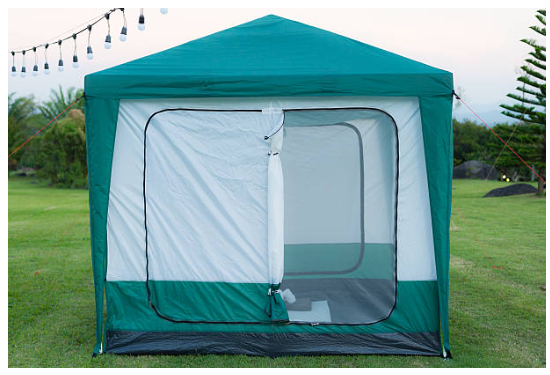5 Best Conditioning Exercises for Winter Sports
As winter settles in, the allure of snow-covered slopes and icy rinks calls. Whether you’re a seasoned athlete or a weekend warrior, preparing your body for the physical demands of winter activities is crucial for performance and injury prevention.
In this guide, we’ll explore the five best conditioning exercises tailored specifically for winter sports, helping you confidently elevate your game and conquer the season’s challenges. These are especially important for any physical trainer studying the free CSCS practice exam and preparing to help winter athletes train one day.
1. Warm-Up Exercises
Before hitting the slopes or stepping onto the ice, preparing your body with a thorough warm-up routine is essential. Dynamic warm-up exercises help increase blood flow to muscles, improve flexibility, and reduce the risk of injury.
Start with brisk walking or light jogging to elevate your heart rate and warm up your muscles. Then, incorporate dynamic stretches such as leg swings, arm circles, and torso twists to loosen up your joints and improve your range of motion.
Try to engage in movements that mimic the activities you’ll be doing during your winter sport, such as high knees or lateral lunges. Aim to spend 10 to 15 minutes on your warm-up routine, gradually increasing intensity to prepare your body for the demands of cold-weather activities fully.
2. Lower Body Strength Exercises
Strong legs are essential for powering through turns on the slopes or maintaining stability on the ice. Incorporating lower body strength exercises into your winter sports conditioning routine helps build muscle strength, power, and endurance.
Squats are foundational exercises that target the quadriceps, hamstrings, and glutes, which are essential for generating power during skiing or snowboarding maneuvers. Lunges are another effective exercise for strengthening the lower body and improving balance and coordination.
Deadlifts target the posterior chain, including the hamstrings, glutes, and lower back, which are crucial for stability and control during winter sports. Include a variety of lower body strength exercises in your training regimen to develop well-rounded leg strength and enhance your performance on the snow or ice.
3. Core Stability Exercises
A strong and stable core is essential for maintaining balance, control, and power in winter sports. Incorporating core stability exercises into your conditioning routine helps improve trunk stability and spinal alignment, reducing the risk of injury and enhancing performance.
Planks are a foundational core exercise that targets the entire core, including the abdominals, obliques, and lower back. Side planks engage the lateral muscles of the core, promoting stability and balance. Russian twists target the obliques and rotational stability, crucial for maintaining control during turns and maneuvers on the slopes or ice.
Stability ball exercises such as ball rollouts and pikes also challenge the core muscles dynamically, improving overall stability and coordination. Add a variety of core stability exercises into your winter sports conditioning routine to develop a core that supports your performance on the snow or ice.
4. Balance and Coordination Drills
Winter sports demand exceptional balance and coordination to navigate uneven terrain and execute precise movements. Incorporating balance and coordination drills into your conditioning routine helps improve proprioception, spatial awareness, and overall stability.
Single-leg squats are an excellent exercise for improving balance and strengthening the stabilizing muscles of the lower body. Balance board exercises challenge proprioception and coordination, enhancing dynamic stability and control.
Agility drills such as ladder or cone drills improve footwork and agility, which are essential for quick changes in direction and reaction time on the slopes or ice. Making these balance and coordination drills a part of your winter sports conditioning routine enhances your ability to adapt to the unpredictable nature of cold-weather activities and perform at your best.
5. Endurance Training
Endurance is a key component of winter sports performance, as activities like skiing, snowboarding, and ice skating require sustained effort over extended periods. Incorporating endurance training into your conditioning routine helps improve cardiovascular fitness, stamina, and resilience to fatigue.
Interval training is an effective method for building endurance, alternating between periods of high-intensity effort and recovery. Cycling, running, or using a rowing machine are excellent options for cardiovascular conditioning, simulating the continuous movement and varied intensity levels of winter sports.
Gradually increase the duration and intensity of your endurance workouts to build endurance progressively. By improving your cardiovascular fitness and endurance capacity, you’ll be better equipped to tackle long days on the slopes or ice with confidence and energy.
Conquer the Cold
Preparing your body for the unique challenges of winter sports is essential for performance, enjoyment, and injury prevention.
Regardless of whether you’re carving through fresh powder or gliding gracefully across frozen ponds, prioritizing winter sports conditioning will enhance your skills and elevate your experience in cold-weather activities. Lace-up your boots, grab your gear, and conquer the cold with confidence and vigor!


